Creating valuable and relevant content is paramount to an effective digital marketing strategy. These communication assets are crucial to businesses because of their power to reach out, inform, engage the audience, and persuade them to become buyers eventually.
However, without an effective lead-generating content marketing strategy, a company’s priceless content will be wasted, compromising the customer acquisition process.
Separate surveys have stressed the importance of content marketing. A study has discovered that 82% of marketers invest in content marketing, and 67% have reported an increase in leads, up seven points from the previous year. In contrast, 10% of surveyed businesses don’t have content distribution and sharing plans or tactics in place.
Whether you’re one of these firms or want to understand content marketing for lead generation, you’ve come to the right place. This article teaches you how to generate leads through content marketing.
Let’s start with the obvious question.
What is Content Marketing?

Content marketing is an approach that addresses multiple digital marketing objectives. These include raising brand awareness, showing a company’s added value and expertise, and cementing its reputation. Content marketing’s ultimate goal is to keep your company on top of consumers’ minds when they’re ready to purchase and after they’ve decided to use your offer.
Many firms consider content marketing a core business strategy. It’s a primary customer communication platform across all marketing or sales funnel stages. More importantly, content marketing is a good lead-generating tool with increasing organisational importance, as verified by 71% of the business-to-business (B2B) marketers surveyed by the Content Marketing Institute.
What is Lead Generation?

Lead generation refers to attracting users, turning them into potential buyers and guiding them through the different sales funnel stages until they become paying customers. Every business has its lead qualifying processes to ensure they don’t waste resources chasing after unproductive leads. Lead generation is equally useful for B2B companies and business-to-consumer (B2C) firms.
A sales lead’s interest is often marked by the willingness to leave names, email addresses, and sometimes contact details or social media account names. In doing so, they’re expecting to get something in return or to be contacted through various means for follow-ups – a core content marketing activity – until they decide to purchase.
What is lead-generating content marketing?
Thus, lead-generating content marketing is a strategy that specifically targets and captures leads and converts them into buyers.
Most users aren’t ready to purchase, and businesses must guide and persuade them to make buying decisions or convert. If users think they can’t get anything valuable from your company, they’re less likely to consider giving out their contact details, which could spell the end of the road for content marketers. A good content marketing strategy minimises these lost opportunities.
According to Statista, the average conversion rate for all industries stands at 2.2% as of 2022 (2nd quarter). The following sectors, however, fare better than others:

There’s no one-size-fits-all ideal conversion rate, and it’s often measured per industry. Generally, getting anywhere from 2 to 5% is a good figure. So, how do you achieve such numbers or more with content marketing?

How to generate leads through content marketing
Generating leads is one of the most crucial business processes. And without a good and optimised lead-generating content marketing strategy, your business will fail to survive and thrive in this highly competitive field.
One of the most effective ways to drive conversion rates is to offer lead magnets, which we’ll discuss in the next section. Lead magnets are relevant and useful content that companies can offer in exchange for a lead’s details, usually an email address. Once provided, companies can send announcements, content links, and other offers to let the prospects understand how their products and services can solve the client’s problems.
A 2021 survey among B2B marketing executives identified buyers’ misappreciation of their value proposition and touching base with a niche audience as the greatest challenges in content marketing and B2B lead generation.
Hopefully, these lead-generating content marketing tips can help companies learn how to generate leads more efficiently.
Create a well-planned content marketing strategy
Behind every successful content marketing and lead generation strategy is a well-thought-out plan. Developing your strategic roadmap demands you understand the most important elements, including your target audience, the keywords that attract them, the popular topics and content types, and which platforms to use.
Understand your audience
Defining your brand’s buyer persona(s) is vital in understanding your audience. Establishing your ideal audience’s profile is the cornerstone in understanding them, allowing you to customise your marketing campaigns and messages and making them more effective.
Below are some of the ways you can gather your audience’s preferences and issues:
- Conducting surveys
- Initiating online research
- Asking them to fill out feedback forms
- Using data analytics tools
The results from these activities will provide valuable input on your potential clients, including their preferences, how they interact with your brand, and how to improve your campaign.
Conduct keyword research
After identifying your target audience, conduct keyword research to learn about the topics that interest them and the issues they need help with. Alternatively, use your keyword research efforts from a search engine optimisation (SEO) plan to create relevant topics to discuss and anchor texts to use. Some available tools allow companies to identify the most-searched keywords based on their niche.
Doing so ensures your content is relevant, valuable and aligns with user intent. Simply put, keyword research enables companies to increase lead generation and better plan their content marketing strategies.
When conducting research, it’s recommended to focus on long-tail keywords to increase the chances of conversion. Search phrases with three or more words are more specific and show higher user intent. Integrating them into your advertising strategy enables you to send messages to the right users, especially those considering a purchase.
Take a look at the examples below. Do you notice any difference?
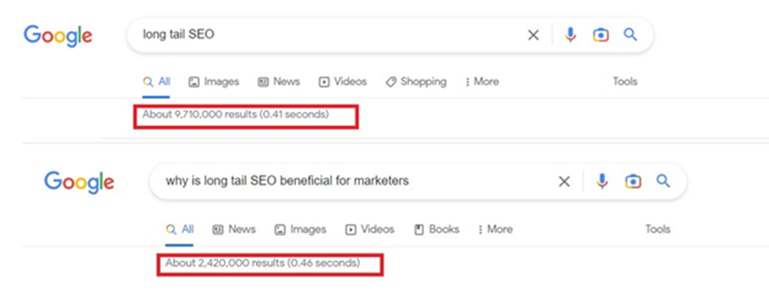
Besides lower search volume and competition rate, a study of 305 million searches revealed that 91.8% of all search queries are long tail keywords. Ranking high for long-tail keyword searches assures you’ve created compelling content that attracts more qualified leads.
Create the right content
Your content must be relevant, accurate, and valuable to attract quality leads. Matching them to your lead’s position within the buyer’s journey is important. However, a single content can work to cover one or two of the following stages:
- Awareness: Consumers recognise a problem and are just getting to know about your brand.
- Interest: They know about your offers but may or may not be ready to purchase.
- Consideration: Customers are likely to buy from you but are also considering other options.
- Decision: They’ve decided to buy from you or your competitors.
For instance, short-form materials like captioned images, memes, and tweets might work best in raising brand awareness. Once you’ve captured their interest, blog posts, videos, and other longer content forms will do the trick. When your leads are ready to buy, case studies, white papers, webinars, and how-to videos persuade them to close the sale.
You can also study your competitors, analyse their strategies, look for weaknesses, and improve on these. Conversely, you can boost your content and brand reputation by linking to non-competitor authoritative sites to give more weight to your assertions, especially if you’re still building your brand.
Choosing the right content form will also depend on which platforms you intend to share them. Either way, uploading regular content and a robust social media presence is necessary to stay on top of customer’s minds when they’re ready to purchase.

Choose the right content marketing platforms
Crafting great content is useless until you can promote it on different channels. Besides search engine optimisation (SEO) tactics, you must identify the appropriate content marketing platforms to reach your target audience and generate leads.
For instance, B2B companies can focus on the largest social network for professionals, which is 277% more effective for lead generation than the two other popular social media channels. The very nature of the said platform makes it effective in influencing decision-makers and other executives. Comparatively, creative service providers, like fashion designers, visual artists, and photographers, can showcase their work on popular image and video-sharing marketing channels. Note that your business can explore and use as many platforms as possible to reach the right people effectively.
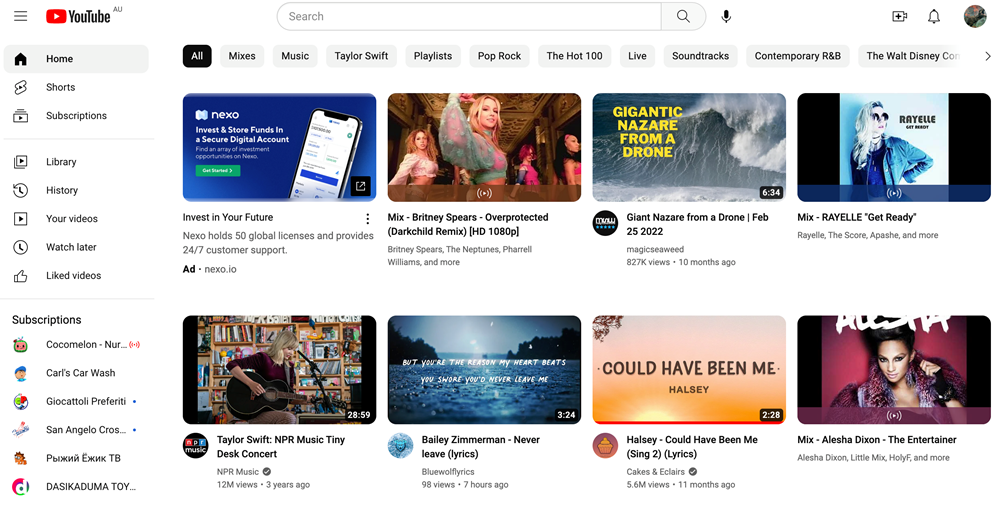
Use lead magnets
A lead magnet is a digital asset that compels your site visitors to provide their information in exchange for access. It must provide awareness and knowledge that hooks a user’s interest, coax them to engage with your brand, and persuade them that your offers are worth buying. Sometimes, you need to attach an incentive with the content, like a free trial, product sample, or discounts for every purchase and referral.
A lead magnet can be any content that your potential customers enjoy consuming, such as:
- E-books: One good way to attract potential customers is to offer a free book in exchange for an email. It’s the first step in any drip marketing campaign, which boasts relatively high open and click rates that help increase conversion.
- Free product trial: Consider offering free demos or trials if you want to convince potential buyers faster. A free trial gives them an idea of how your product works and if it’s indeed the best one on the market. If they find your product effective, all they have to do is pay for the entire package.
- Educational videos: According to Hubspot’s Digital Consumer Trends Report, videos are some of the most preferred marketing tools. This annual survey discovered that 62% of users consume videos thoroughly, which is almost three times more popular than other text-based content types. Hence, uploading relevant videos on popular platforms can boost your lead generation and content marketing strategies by attracting interested users.
- Infographics: Lead magnets must be appealing, and infographics are useful in making long-form articles more interesting for younger audiences. According to the HubSpot report cited earlier, visual content like infographics tends to be shared more often and generate more clicks than written content.
- Newsletters: Newsletters are lead magnets that offer exclusive information to subscribers. Exclusivity and scarcity are common marketing tactics that increase potential buyers’ desire for your offers.
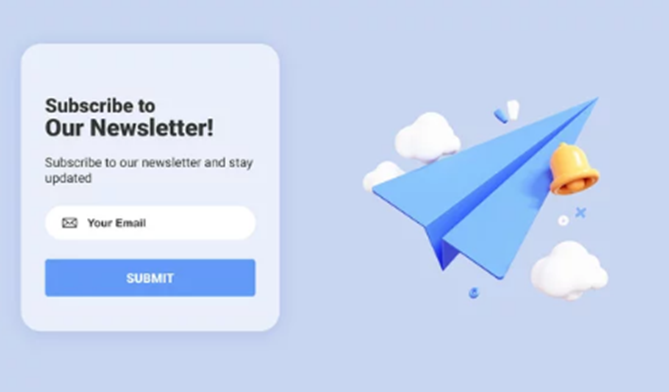
- Interactive quizzes: Online tests and quizzes are effective lead-generation tools because they mix fun and information. They enable marketers to attract leads and gather more information about them in a pressure-free setting. They’re also highly shareable and enable user-initiated content distribution.
- Webinars: A webinar may require more preparation than a blog post, but it’s more effective in showing your brand’s expertise. Gather the most pressing issues your audience faces or learn about the industry-disrupting matters for high attendance and lead counts.
- Whitepapers: This highly informational document discusses a product or solution at length. A white paper is a data-driven content that explains why the company’s approach is the best solution. White paper appeals to the older crowd, so capitalise on this content if they’re your targets. Any informative, engaging, interesting, and visually pleasing content can be used as a lead magnet. They can either stand alone or complement your content and resonate well with your audience. Further, lead magnets must be unique and shouldn’t be available elsewhere.
These are just some great types of content used in content marketing.
Add content upgrades
A content upgrade is bonus material that boosts your content’s relevance and value, making your audience more inclined to subscribe to your email campaigns. Content upgrades effectively raise conversion rates. An SEO specialist reported a 785% increase in conversion through a content upgrade in one day.
Apart from entertaining, educating, and persuading, the content you produce should turn readers into subscribers, as far as content marketing for lead generation is concerned. Content marketers often embed content upgrades in the blog post to hasten conversion.
If you have an existing blog article about general SEO, upgrade your content by adding an SEO checklist. Like gated content, readers must provide their email addresses and other details to access it. So, your bonus content must be useful enough to persuade users to take positive action or convert.
[caption id="" align="alignnone" width="750"]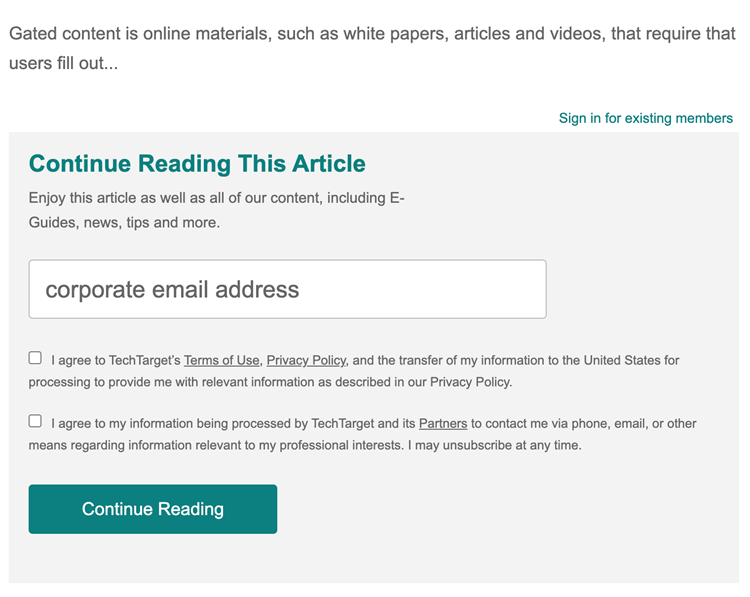 Image Source: TechTarget[/caption]
Image Source: TechTarget[/caption]
Cheat sheets, resource lists, scripts, webinars, and templates are useful as well, depending on your business niche and your intended audience’s profiles.
Three primary sections make up this activity.
- Call to action: This message guides your readers through the conversion process. It must contain compelling words to persuade users to take the next step.
- Email opt-in button: Clicking the email opt-in button indicates that users are willing to send their details to learn more about your offers.
- Bonus content: The bonus content becomes accessible to the reader after the email address verification.
Content upgrades are versatile. They can be used for new and existing subscribers, ensuring loyalty and retention.
Upgrade and optimise your landing pages
One of the key ways to address lead generation challenges is to review and improve landing pages. A landing page is essential for collecting information from leads and can help boost conversion rates. It appears after a user clicks a link or paid ad and is usually a pop-up window that entices readers to subscribe, sign in to your email list, or check out a list of products. It can be used to create a positive first impression of your brand. That said, a landing page must be easy to understand and clutter-free.
It may look simple, but there are several considerations in making an effective landing page –from the key messages to the fonts and colours. Effective landing pages often have the following features:
- Compelling headline
- A persuasive call to action
- Well-designed and structured
- Visually appealing
- Fast loading
- Shareable
- With social proof
- Mobile-friendly
Copywriting, a persuasive form of content creation, is essential in crafting landing page copy. This discipline is often used to generate high-quality leads and conversions in marketing campaigns.
In addition to compelling words, marketers must convey their unique selling proposition and social proof to elicit trust. A landing page mustn’t only appeal to the eyes. It must also have a psychological impact. A brief explanation of your solution, plus embedding customer reviews, can help your leads trust your product more.
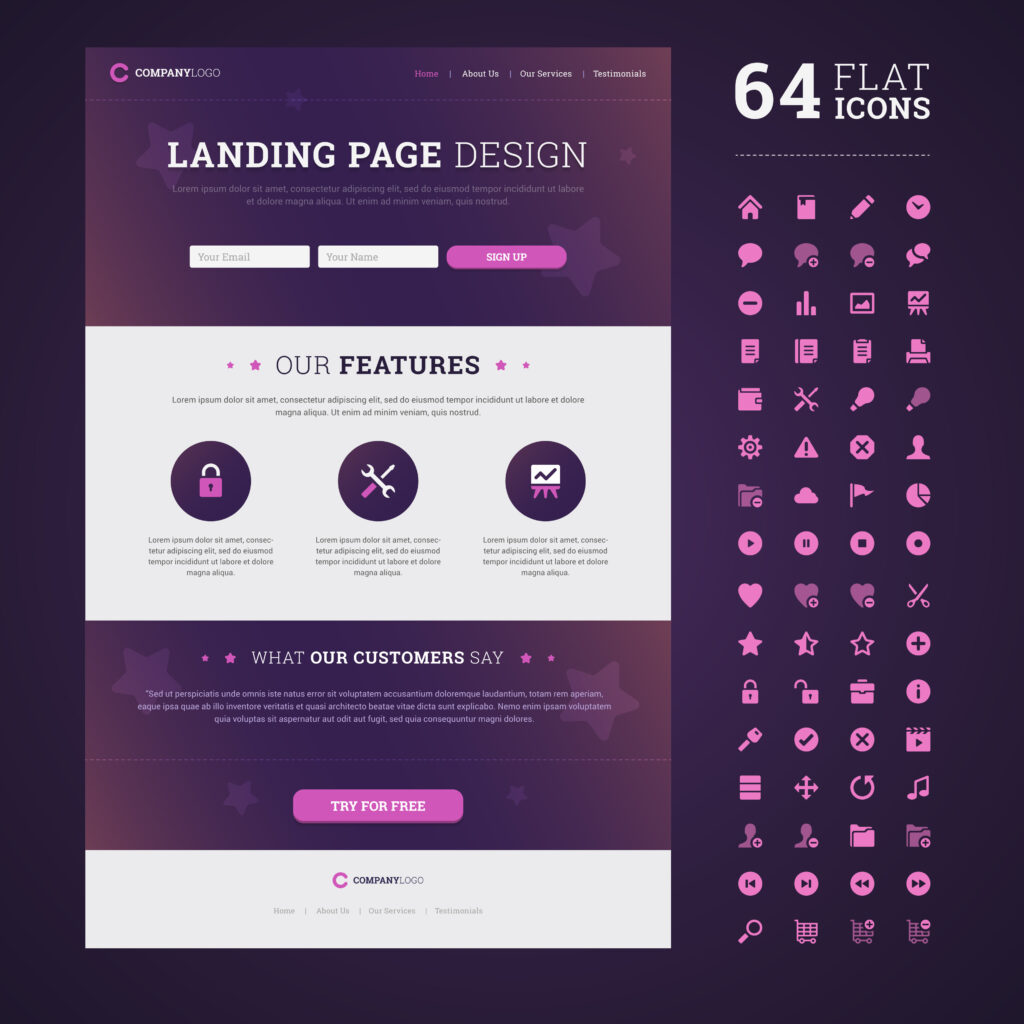
Constantly optimise your content for conversions
Aside from maximum content exposure, you can optimise content to capture more leads. Check the following tips and see how you can use them in your current strategy:
- Use and insert CTAs where you see fit, such as your educational videos, webinars, social media posts, and blog posts.
- Ensure that your CTA fits your content or is related to the topic before doing so.
- Along with embedded boxes, tap other pop-up or slide-in email opt-in forms, depending on the length and type of content you’re uploading.
Explore all options to improve your content and study your content marketing channels’ features for content linking and distribution.
Work for maximum exposure
Promote your content shamelessly and find opportunities to distribute content across all online and offline platforms, if possible. Post a teaser of a related video on top of your existing videos to stir interest. Insert clickable links on your social media page and add a link to your landing page on your video-sharing account.
Leverage digital presence to boost traditional marketing schemes
Face-to-face marketing is still effective, even today, and it promotes social interactions that digital communication can’t replace. If participating in an on-site exhibit or convention, use your social media channels, newsletters, and other marketing platforms to inform your subscribers and other users. Collaborate with other prominent guests to cross-promote your products and services.
Leverage digital marketing to boost traditional advertising. Stream or upload event videos and invite your subscribers and other interested parties to like, share, and subscribe. After the event, create another type of content to attract potential customers further.
Repurpose content
Repurposing content is another way to capture more leads. On top of creating an infographic from your white paper or case study, summarise your podcast episode and upload show notes or write an article about it. Post an image or video clip of the session and upload it on various social media pages and your website. Use these different content types to boost your email marketing efforts too.
Conclusion
Producing unique and highly useful online resources can make or break a company’s marketing efforts. So is promoting them to the right people. There’s no sense in crafting the best content without knowing to whom and where to distribute it, and that’s where content marketing comes in.
As a multi-faceted strategy, content marketing strategy involves creating and distributing different content forms, like blogs, videos, infographics, and podcasts, to raise interest, educate, entertain, engage, and nurture the brand’s target audience. As such, it’s an effective tool for capturing and generating leads.
Implementing a lead-generating content strategy requires you to understand your audience well. Once you know their preferences, desires, and pain points, you can create a solution worth discussing and distribute it strategically, leaving consumers no other option but to use your products and services.
The discussion above should give you ideas on how to do it well. If you have questions, kindly contact us, and we’ll gladly assist you.
